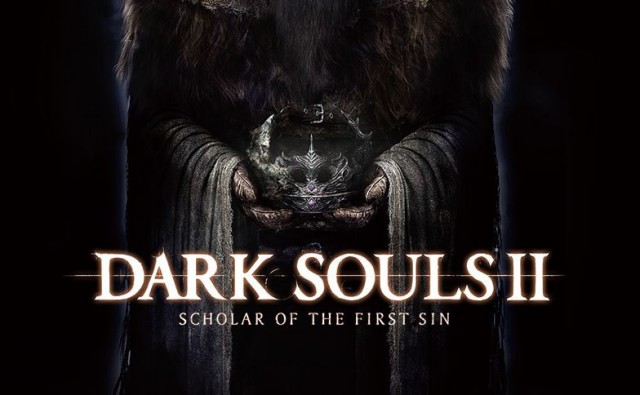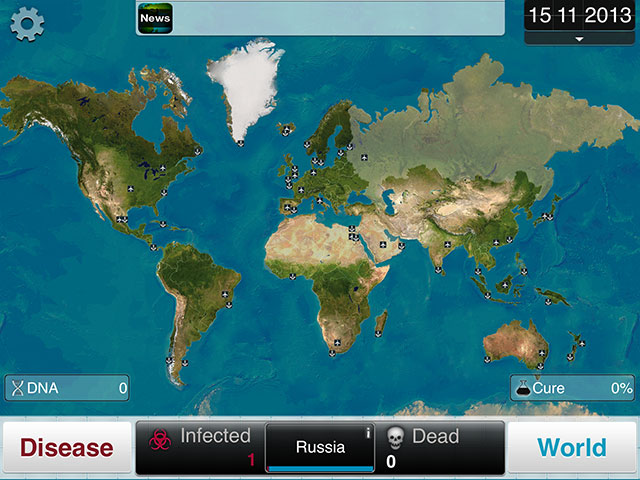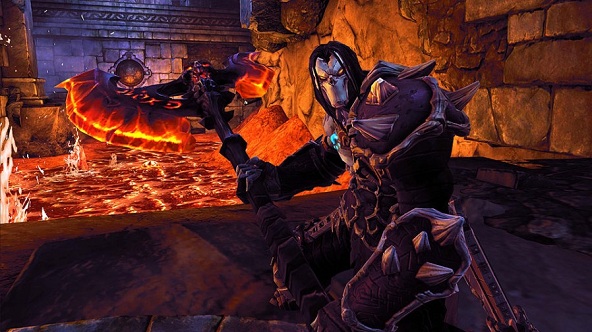


I recently had the opportunity to speak one-on-one with Sony Santa Monica's Todd Papy, director of God of War: Ascension, and you can read the results of that discussion here. But right now I'd like to dig a little deeper into something he said to me. We were discussing how God of War III featured a wild, over-the-top opening, and then the rest of the game really paled in comparison to that first set piece. Papy then described to me how long it took to put together two similarly epic sections in Ascension (hint: it was more than one year), and then he made a comment that you would expect to hear from any professor lecturing on storytelling theory:
“There’s a point where that stops feeling huge and epic, and basically you need to take it back down and build it back up – be able to have those crescendo moments. Otherwise, everything just becomes noise after a while.”
This makes sense, and I didn't immediately question it. But that line stuck in my head, and I've since come to question that idea a little bit.

See, if we were talking about an action movie, that idea is easily applicable. Why? Because the bulk of the running time of your average action movie is not spent on action sequences. Usually, you'll get maybe three or four big scenes with long sections in between of story bits and character development. Since movies are primarily considered a storytelling medium, people are fine with that. What that means, then, is that when people talk about crescendo moments in an action movie they are usually referring to every action sequence in it.
Games, however, are only secondarily a storytelling medium. They are primarily a gameplay medium. Stories, where they exist, are built around a gameplay structure. In a God of War game, that structure is little more than you making Kratos walking down a linear path, wailing on enemies as you go. Much of gameplay takes place in static mini-arenas, and fights are largely similar to each other. Crescendo moments, then, are when something different happens, which is not really all that often.
Ultimately, there is very little variety in gameplay in a normal hack-and-slash title like God of War. You fight dudes 90% of the time, and then every once in a while you'll have to climb on stuff or pull a lever or solve a puzzle. And so when Sony Santa Monica adheres to the "crescendo moments" theory, they are condemning most of their gameplay to becoming very repetitive and grindy.
This is not just a problem with hack-and-slash, however. Having played many games, I can attest that it feels as if most developers are determined to shove action in your face all day every day, and it could be that's what gamers want most of the time.
Naughty Dog, of course, would beg to differ. Their Uncharted games have featured a lot of variety in gameplay. There are puzzles and extensive climbing sequences and sneaking and footchases and a lot of parts where you just walk around exploring, and there are cutscenes on top of all of that. Those games, too, are critically acclaimed and have sold well for a platform-exclusive franchise. There is clearly demand for a gameplay experience that is more than just the same thing over and over again, and making a game like that allows a developer to space out their crescendos properly.
But there are other games that manage to throw at you nonstop action that hits those crescendos far more often than God of War does without the experience becoming mundane. I played the campaign in Black Ops 2 and found myself facing one epic set piece after another with no end in sight, and that never got dull. The reason for that is each set piece was unique from the others. That game mostly featured one type of gameplay that hit long crescendos on every level while still maintaining a sense of wonder in the player.
Time and money constraints are valid reasons for Sony Santa Monica to not fill their games with crescendos as large and complex as the opening sequence in Ascension, but I don't think the "crescendo moment" theory should apply. The hack-and-slash genre features gameplay that is so repetitive the design of the games must be constantly shaken up as you move through them. DmC showed that changing up gameplay design on a regular basis can make the genre feel fresh and new. Traditional vanilla hack-and-slash is getting stale, and that's why I felt that God of War III's opening, which was not traditional, was more interesting than the rest of the game, which was.
What I'm saying, more or less, is that applying the "crescendo moment" theory to a game that features little variety in its gameplay is a bad idea. You either need to alter the gameplay structure of the game to allow for more variety and longer in-between, non-action moments, or you need a lot of variant crescendos. That's the future of big-budget action gaming.




 Pick A Disease & Wipe Out Humanity in Plague Inc.
Pick A Disease & Wipe Out Humanity in Plague Inc. NHL 15 Wiki – Everything you need to know about the game .
NHL 15 Wiki – Everything you need to know about the game . The Wolf Among Us: Episode 2 Walkthrough
The Wolf Among Us: Episode 2 Walkthrough Darksiders 2 Walkthrough
Darksiders 2 Walkthrough Destiny: The Taken King Guide - How to Open the Chest in Taken Consumption Room on Dreadnaught
Destiny: The Taken King Guide - How to Open the Chest in Taken Consumption Room on Dreadnaught